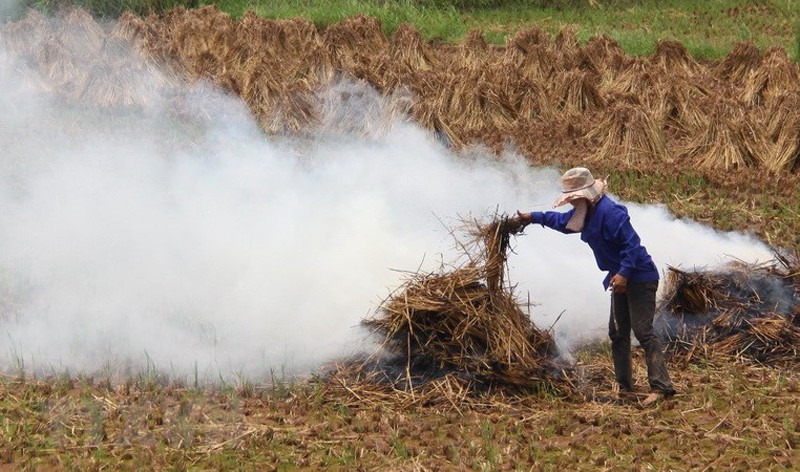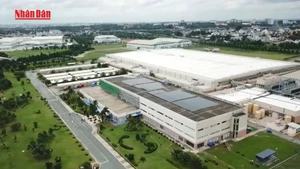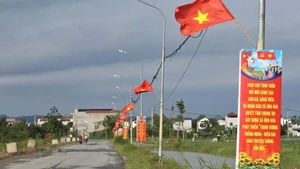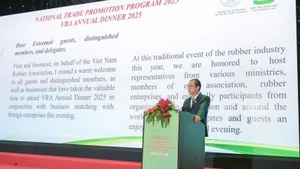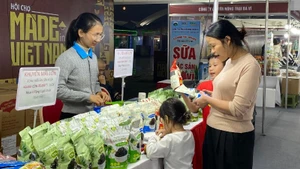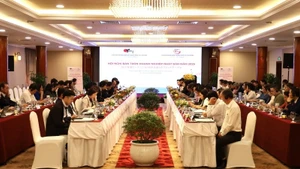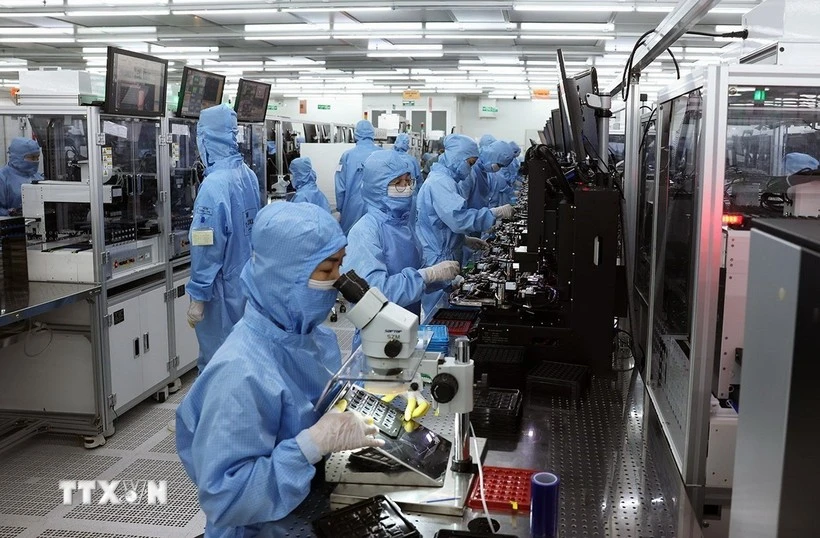According to statistics, Vietnam has 11.75 million hectares of agricultural land, with a land use coefficient of more than 2.4 times per year. In recent years, owing to intensive farming techniques, the yield and output of several main crops have continuously increased, contributing to higher incomes for farmers. However, alongside the main harvest, agricultural by-products are also substantial, amounting to over 100 million tonnes annually. This mostly includes organic matter such as stalks, leaves, seed husks, and cores, including 40 to 50 million tonnes from rice, 11 million tonnes from maize, 12 million tonnes from sugarcane, and approximately 50 million tonnes from other crops.
However, these agricultural by-products are currently being used inefficiently: 45.9% is burned in the fields, 29.0% is used as livestock feed, 8.6% is left in the fields, 5% is used for composting, 4.1% is used for cultivation, and the remaining 7% is used for other purposes such as mushroom cultivation, animal bedding, biochar, and handicraft production.
Notably, burning rice straw in the fields is one of the main contributors to the greenhouse effect, negatively impacting the environment. According to specialist agencies, burning one million tonnes of rice straw releases approximately 34,000 tonnes of carbon dioxide, 828 tonnes of carbon monoxide, 28 tonnes of methane, 48 tonnes of sulfur dioxide, over 70 tonnes of dust, and various other environmentally harmful substances.
Agricultural and environmental experts calculate that the poor management and utilisation of over 100 million tonnes of by-products results in annual wastage worth hundreds of thousands of billions of Vietnamese dong. Moreover, these by-products contribute to environmental pollution (of soil, air, and water) due to anaerobic burial, indiscriminate disposal, and the burning of rice straw.
The inefficient collection, processing and reuse of agricultural by-products stems from several factors: insufficient production land area in some localities, which affects mechanised collection; shortage of agricultural labour; and unstable post-harvest prices for rice straw.
In the southern region, during the rainy season, most post-harvest rice straw is not collected but rather burned or ploughed under. Additionally, there are numerous constraints, both financial and technical, on diversifying by-product processing for various purposes. The limited consumption and use of organic fertiliser also indirectly affects the collection and use of agricultural by-products for producing organic fertiliser to return nutrients to the soil.
To improve the utilisation of agricultural by-products in the coming period, ministries, agencies, localities and farmers need to promote clean, green agricultural production, moving towards organic agriculture that facilitates the use of organic and microbial fertilisers while gradually reducing the overuse and dependence on chemical fertilisers.
Interest rate support policies are needed for businesses investing in processing agricultural by-products into useful products such as biochar, organic fertiliser, and microbial fertiliser. There should be continued development of models for reusing agricultural by-products, along with greater encouragement to use these by-products as raw materials for mushroom cultivation, animal feed, biological bedding, and fertiliser production.
